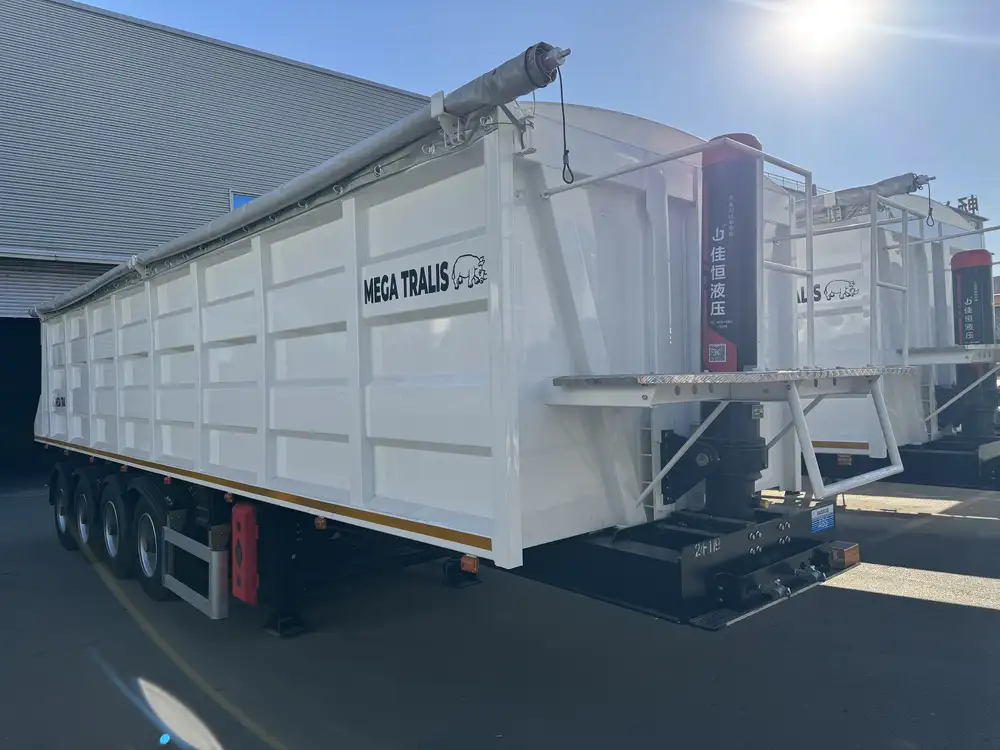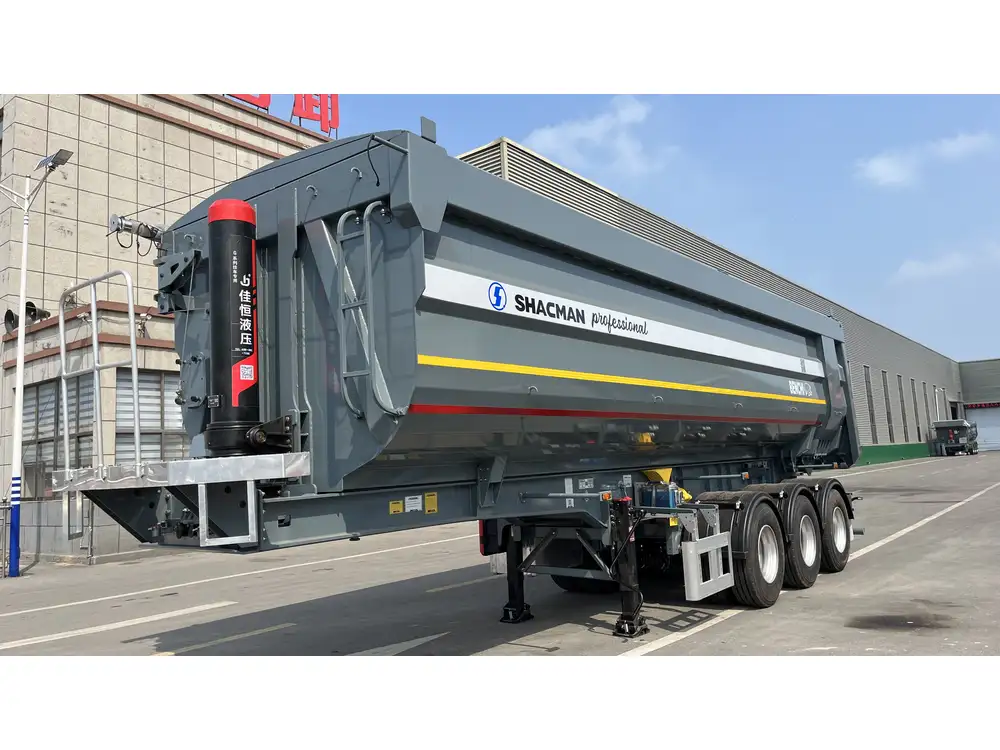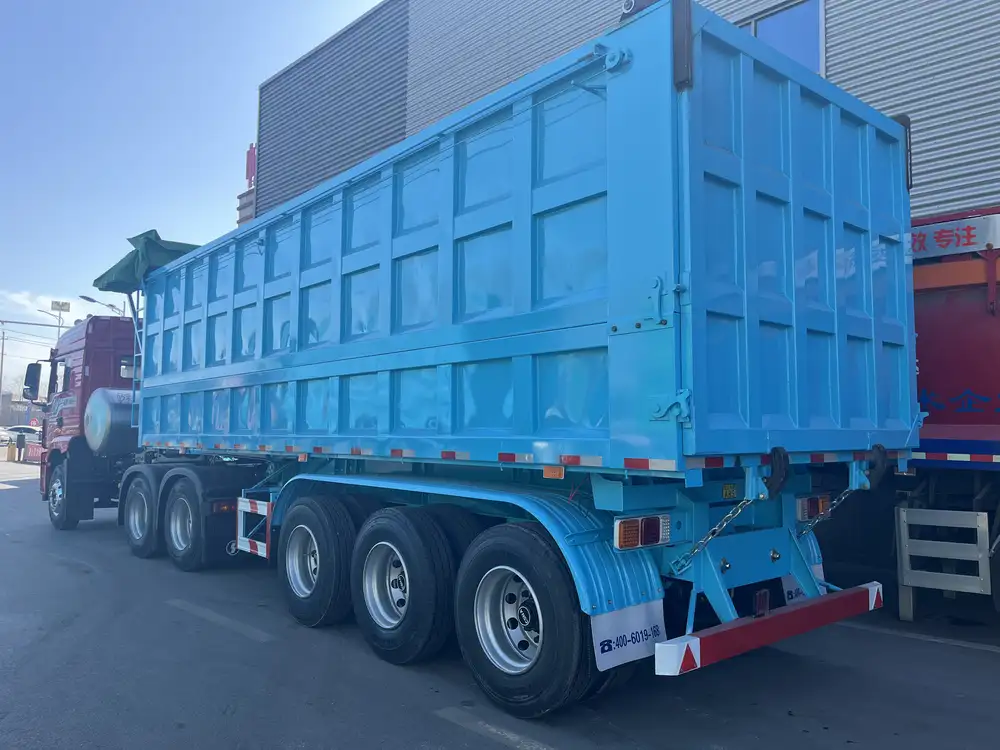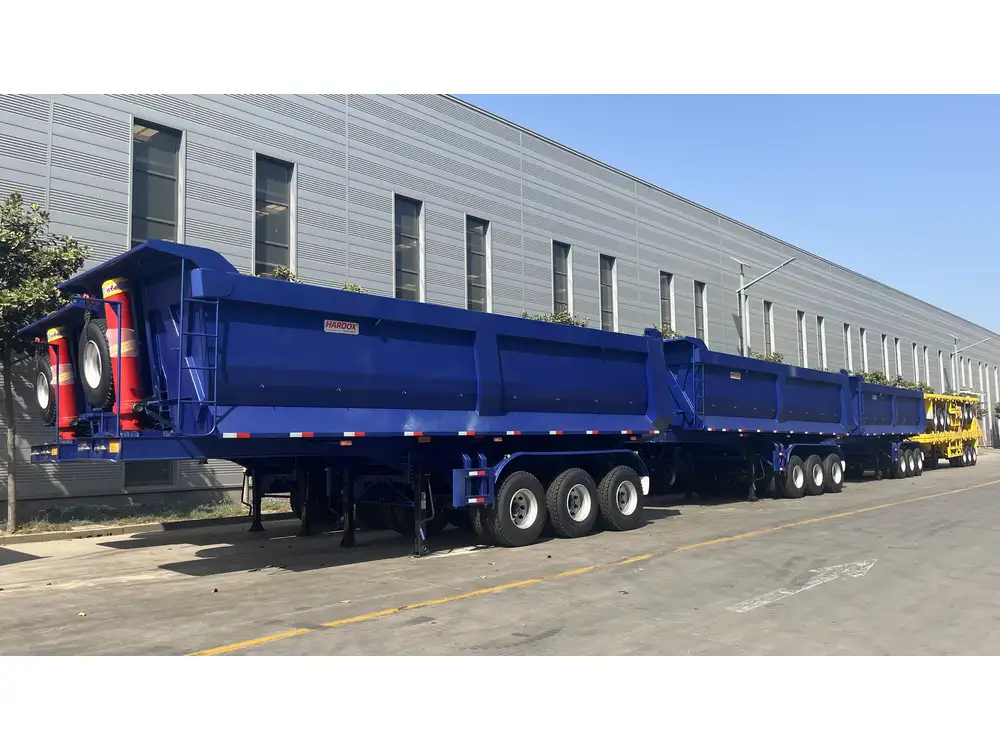In the transportation and logistics industry, the use of LP (liquefied petroleum) semi-trailers has surged significantly due to their efficiency in transporting fuel and gases like propane and butane. However, a critical aspect that many operators and manufacturers often encounter is the pressurization process of these semi-trailers. Understanding how an LP semi-trailer is pressurized is essential for safety, efficiency, and compliance with industry regulations. This article delves into the intricate details of this process, elucidating the mechanics, benefits, safety measures, and maintenance practices associated with the pressurization of LP semi-trailers.
What is an LP Semi-Trailer?
An LP semi-trailer is specially designed for transporting liquefied petroleum gas. These trailers typically consist of a tank mounted on a chassis, which is engineered to handle high-pressure situations inherent to carrying liquid fuels. Their construction often includes robust materials and advanced sealing technologies to ensure safety and efficiency during transport.
Key Components of an LP Semi-Trailer
- Tank: The primary vessel that holds the liquefied gas, designed to endure pressure fluctuations.
- Valves: Control the flow of gas into and out of the tank, essential for managing pressure levels.
- Hoses and Fittings: Facilitate secure connections to other equipment and help prevent leaks.
- Pressure Relief Devices: Automatically release pressure to prevent over-pressurization, protecting both the trailer and the environment.

The Pressurization Process of LP Semi-Trailers
Mechanisms of Pressurization
Pressurization of an LP semi-trailer involves a series of steps that ensure the safe containment and transport of liquefied gases. Below are the fundamental mechanisms:
1. Filling the Tank
The process begins at the filling station, where liquefied propane or butane is pumped into the tank. During this phase, operators must adhere to strict safety protocols, including:
- Grounding: To prevent static electricity buildup, both the trailer and the filling equipment must be grounded.
- Temperature Checks: Ensuring that the liquid entering the tank is within an acceptable temperature range helps maintain pressure balance.

2. Managing Vapor Space
Every LP semi-trailer has a vapor space that must be carefully monitored. Upon filling, some vapors escape and occupy this space, contributing to the overall pressure within the tank. Operators must be aware of the following:
- Vapor Pressure: The vapor pressure of the stored liquid affects the overall pressure dynamics. As the temperature rises, the vapor pressure increases, necessitating effective pressure relief mechanisms.
3. Pressurizing the System
Once filled, the tank must be pressurized to maintain the liquefied state of the gas. This occurs due to the natural characteristics of LPG, which needs to remain under pressure to stay liquid. When the temperature of the gas within the tank rises, the pressure inside will also increase.
The Role of Pressure Relief Valves
Pressure relief valves (PRVs) play an essential role in the pressurization process. They are designed to automatically release excess pressure from the tank when it exceeds safe levels. The operation of these valves is crucial for preventing catastrophic failures, such as explosions, by maintaining a balanced pressure environment within the tank.

Benefits of Properly Pressurizing LP Semi-Trailers
Understanding the nuances of how LP semi-trailers are pressurized opens the door to several advantages:
Enhancing Safety
A well-pressurized LP semi-trailer minimizes the risk of leaks and blowouts, protecting both the environment and personnel handling the trailer. Utilizing pressure relief systems ensures the safe operation of the trailer under varying conditions.
Increased Efficiency
With optimized pressurization, LP semi-trailers can transport greater volumes of gas without the need for more trips, thus saving time and reducing operational costs. Proper pressurization helps maintain the integrity of the liquefied gas, ensuring that it retains its properties throughout transport.

Compliance with Regulations
Adhering to pressurization standards set by national and international regulatory bodies ensures that operators stay compliant, avoiding penalties while promoting industry-wide safety practices.
Common Issues Related to Pressurization and Solutions
Problem: Over-Pressurization
Symptoms: Increased gauge readings; unusual noises from the pressure relief valve.
Solution: Immediate inspection of PRVs. If necessary, reduce the temperature of the tank contents or drain some liquid to alleviate pressure.

Problem: Under-Pressurization
Symptoms: Inability to maintain liquid state; gas leaking from connections.
Solution: Check for leaks along fittings and hoses; verify the integrity of the tank; ensure that PRVs are in working order.
Problem: Valve Malfunction
Symptoms: Continuous spitting or hissing from the pressure relief valve; unresponsive valve release.
Solution: Conduct thorough maintenance checks. Replace or repair faulty components as needed to restore proper function.
Best Practices for Maintaining Proper Pressurization

Regular Inspections
It is vital to conduct routine inspections of the entire semi-trailer system, with particular attention to:
- Valves: Check for wear and tear. Replace damaged valves immediately.
- Pressure Gauges: Ensure accuracy for optimal monitoring.
- Tank Condition: Inspect for corrosion or damage that could compromise integrity.
Proper Training
Training personnel on the importance of pressurization, safety protocols, and emergency procedures will contribute significantly to maintaining safety standards and operational efficiency. Regular workshops and drills can reinforce the importance of handling LP semi-trailers safely.
Record Keeping
Keeping meticulous records of inspections, maintenance actions, and operational changes allows operators to track performance over time, giving insights into trends and potential areas for improvement.
| Maintenance Action | Frequency | Responsible Party |
|---|---|---|
| Tank Inspection | Monthly | Safety Manager |
| Valve Checks | Bi-Annually | Maintenance Team |
| Pressure Gauge Calibration | Annually | External Auditor |
| Staff Training on Procedures | Every 6 Months | Operations Manager |

Conclusion
Understanding how LP semi-trailers are pressurized is not merely an academic exercise, but a foundational aspect of ensuring the safety and efficiency of transporting liquefied gases. By adhering to proper practices and being aware of the mechanics involved in the pressurization process, operators can mitigate risks, enhance efficiency, and comply with stringent regulations. Ultimately, the interplay of robust design, vigilant monitoring, and exhaustive maintenance will drive the industry towards safer and more effective operations, ensuring that the integral role of LP semi-trailers in logistics continues to be a cornerstone of modern transportation.



